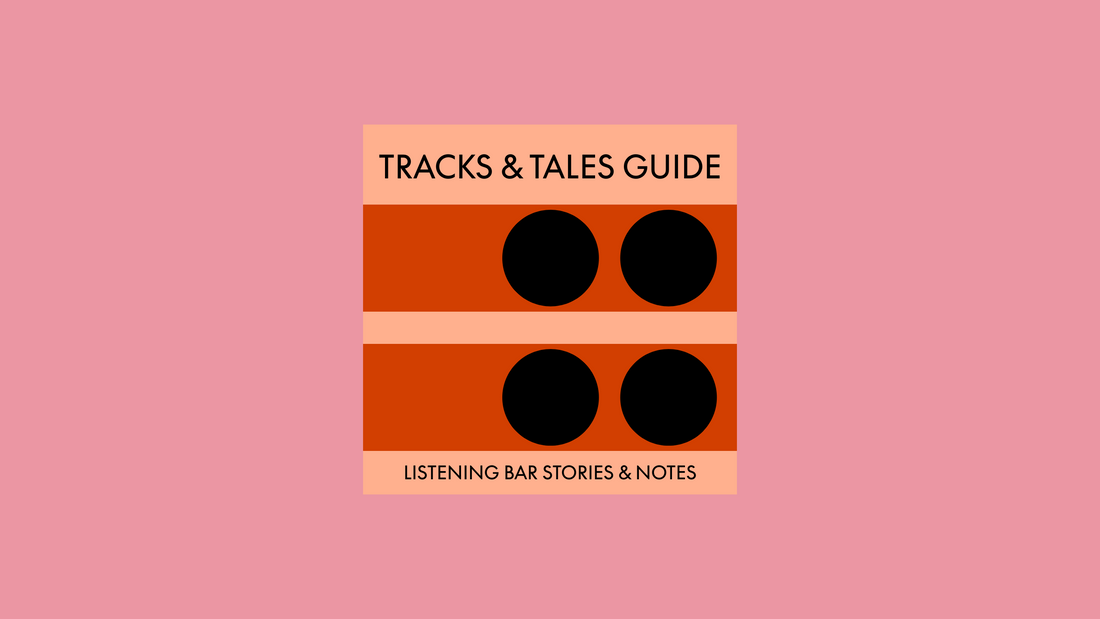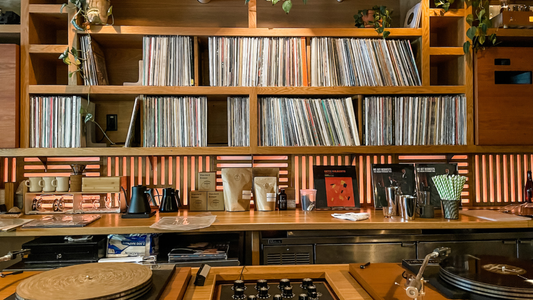
The Listener’s Library
Books, magazines, and archives that shaped the culture of listening.
By Rafi Mercer
Before there were listening bars, there were readers — people who searched for sound on the page. They studied liner notes like poetry, memorised catalogue numbers, and read about the geometry of recording studios with the same reverence others reserved for architecture. The listening culture, long before it was physical, was literary.
What defines a true listener’s library:
- Curiosity — the instinct to understand where sound comes from and why it moves us.
- Documentation — records of recording, design, and atmosphere.
- Aesthetic clarity — books that feel as good in the hand as the music sounds in the air.
- Continuity — the lineage of thought that links jazz essays, hi-fi manuals, and design journals.
- Inspiration — texts that make you want to listen differently.
Every generation has its texts. In Japan, Stereo Sound magazine and Jazz Critique chronicled the evolution of both the kissaten and the turntable — reviews written like short stories, photography treated as portraiture. In the UK, The Wire and Hi-Fi News shaped the early vocabulary of listening: the language of warmth, presence, and space.
Then there are the books that sit behind every thoughtful record collector’s desk: David Toop’s Ocean of Sound — part travelogue, part meditation; Paul Morley’s Words and Music — playful, obsessive, philosophical; Ben Ratliff’s Every Song Ever — an invitation to hear music not by genre, but by emotion. These are texts that teach listening as an art form, not a pastime.
A listener’s library isn’t about technical manuals alone. It’s about context — the writing that deepens what you hear. Essays on acoustics, photography of recording studios, the typography of record sleeves: together they form a parallel archive of listening.
And it continues to grow. Digital publishing has revived the tradition. Online journals, newsletters, even the blog you’re reading now — Tracks & Tales — carry that lineage forward. They transform listening from a solitary act into a shared dialogue, much as the kissaten once did in sound.
To build a listener’s library is to trace the invisible history of attention. It’s where thought and sound meet, where the mind tunes itself before the record begins.
Quick Questions
Why do books matter to a listening culture?
Because they preserve context and deepen the act of listening into understanding.
What should every listener read?
Texts like Ocean of Sound, Every Song Ever, and The Wire’s archives — they teach how to hear, not just listen.
Is this nostalgia?
No. It’s continuity — the written echo of a culture that still lives through sound.
Rafi Mercer writes about the spaces where music matters.
For more stories from Tracks & Tales, subscribe, or click here to read more.







